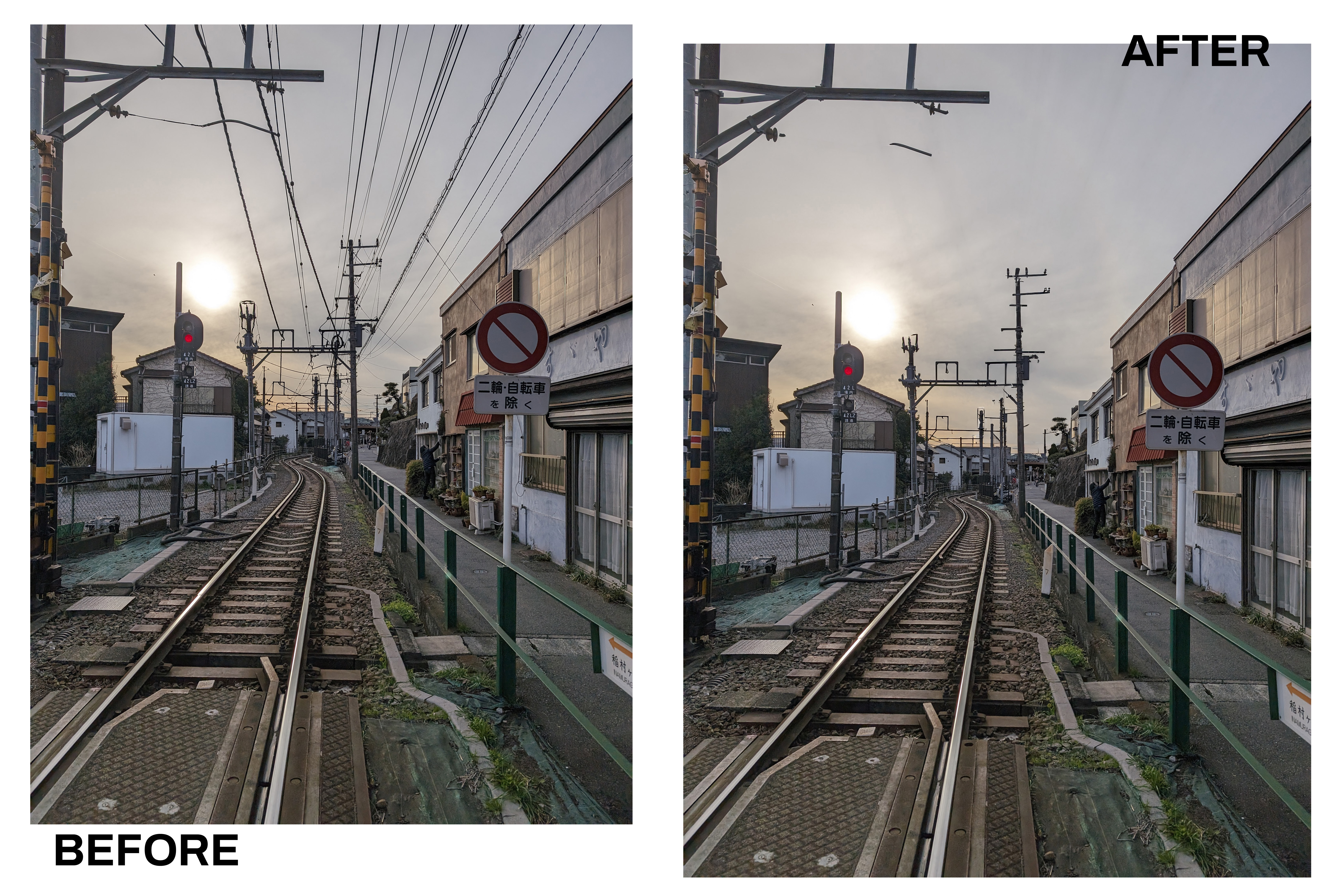This is why Adobe MAX 2024 and all its AI evangelism left me cold
Adobe is selling ideation, idealized reality, dreams and the tools to turn these into money. That’s the bottom line, right?

This is my dog Wilson. He’s not an AI construct generated by a Adobe Firefly 3 text prompt, he is not a marketing asset, he is not a product of my imagination. He is gone now, but he was real and he existed. He was very smart but not big on trust. His soul was his own, and he was what he wanted to be, not what I or anyone else chose to imagine. He was part of the same objective, external reality we all exist in, but which seems to be a diminishing part of Adobe’s vision.
Adobe is in the enviable position of publishing some of the best photo editing software and one of the best video editors that creators and professional photographers can buy. It's also at the forefront of a radical shift in image-making.
So now I could use the Firefly web app’s photo to video tool (join the waitlist) to re-animate this still image of my dog Wilson, or maybe use Premiere Pro’s Generative Extend tool to lengthen the clips I have of him chasing his favorite tennis ball or playing hide and seek with treats. But that would be just plain awful.
And this is my question. Do I want a photograph of my actual dog Wilson, or do I want a Gen AI version of an idealized dog reflecting those characteristics of his that I so loved? What a stupid question. But sometimes you have to ask a stupid question to see how stupid it is.


AI can be a slippery slope. It starts out as a productivity aid (AI masking), spreads into reality ‘enhancement’ (e.g. sky replacement and AI object removal) and then grows into reality replacement (text-to-image and text-to-video prompts). What starts out as reality ends up as a work of fiction or, in TV-speak, a ‘dramatized documentary’ that is ‘based on real events’.
This is why Adobe’s messages in its Adobe MAX 2024 presentation left me cold, and why I think Adobe has lost the plot. Or, at least, it has lost its respect for reality. Its latest Gen AI tools seem more concerned with an idealized, fictionalized super-world... and its commercial potential.
Adobe’s latest tools are certainly rich with potential for creators, advertisers and marketeers – anyone selling products, services or content. But this highlights, for me, another great divide in our creative universe – the divide between the sellers and the buyers.
Get the Digital Camera World Newsletter
The best camera deals, reviews, product advice, and unmissable photography news, direct to your inbox!
Adobe’s latest tools are excellent for people selling things, through faster workflows, lowered production costs and new ways to pitch ever more convincing idealizations to clients and consumers. But, apart from maybe offering much more targeted marketing materials that may make end-users feel more understood, Adobe’s latest tools are entirely on the ‘seller’ side.

It’s a real dilemma for photographers, filmmakers and creators. If we do this for the ‘art’ we can decide on principle whether we embrace AI or not, but if we do it for a living we may be forced into AI enhancement and reality replacement simply because all our competitors are doing it.
One thing in particular caught my eye. Adobe’s new GenStudio workflow is designed to help marketeers create and push ever larger quantities of ever more targeted content at audiences while staying ‘on brand’ with assets approved by designers in a kind of automated, industrialized process.
This is perhaps what disturbs me most. Photographers have been enhancing and faking images from the very beginning, but it’s been a kind of manual, somewhat time-consuming cottage industry. The difficulty of doing it convincingly acted as a kind of protection to the consumer.
But that’s gone. Let’s face it. We live in a world where it’s more important than ever to know what’s real and what isn’t, and Adobe’s Gen AI steamroller isn’t helping.
So let’s remember that reality is still out there, and it still matters. I don’t want to change my photograph of my dog Wilson because it’s a record of something that was real. That’s important to me and I imagine a lot of people have similar feelings about photographs or videos of their own.
Now if I was selling canine products or services it would be different. As a marketeer, I would want a ‘commercially safe’ AI amalgamation of all the canine properties my audience might admire. That’s where Adobe’s AI technologies are at right now.

So, in my imagination, I ask Wilson, my dear departed dog, what he would think of Adobe MAX 2024 and the rise of Adobe’s AI evangelism and its super-strength AI marketing sell, and I know what his reaction would be. He wouldn’t say anything, because dogs can’t speak. But he might take a cautious sniff, think for a moment then lift his back leg and, well, you know the rest.
Now that’s a text-to-video prompt worth trying.

Rod is an independent photography journalist and editor, and a long-standing Digital Camera World contributor, having previously worked as DCW's Group Reviews editor. Before that he has been technique editor on N-Photo, Head of Testing for the photography division and Camera Channel editor on TechRadar, as well as contributing to many other publications. He has been writing about photography technique, photo editing and digital cameras since they first appeared, and before that began his career writing about film photography. He has used and reviewed practically every interchangeable lens camera launched in the past 20 years, from entry-level DSLRs to medium format cameras, together with lenses, tripods, gimbals, light meters, camera bags and more. Rod has his own camera gear blog at fotovolo.com but also writes about photo-editing applications and techniques at lifeafterphotoshop.com
